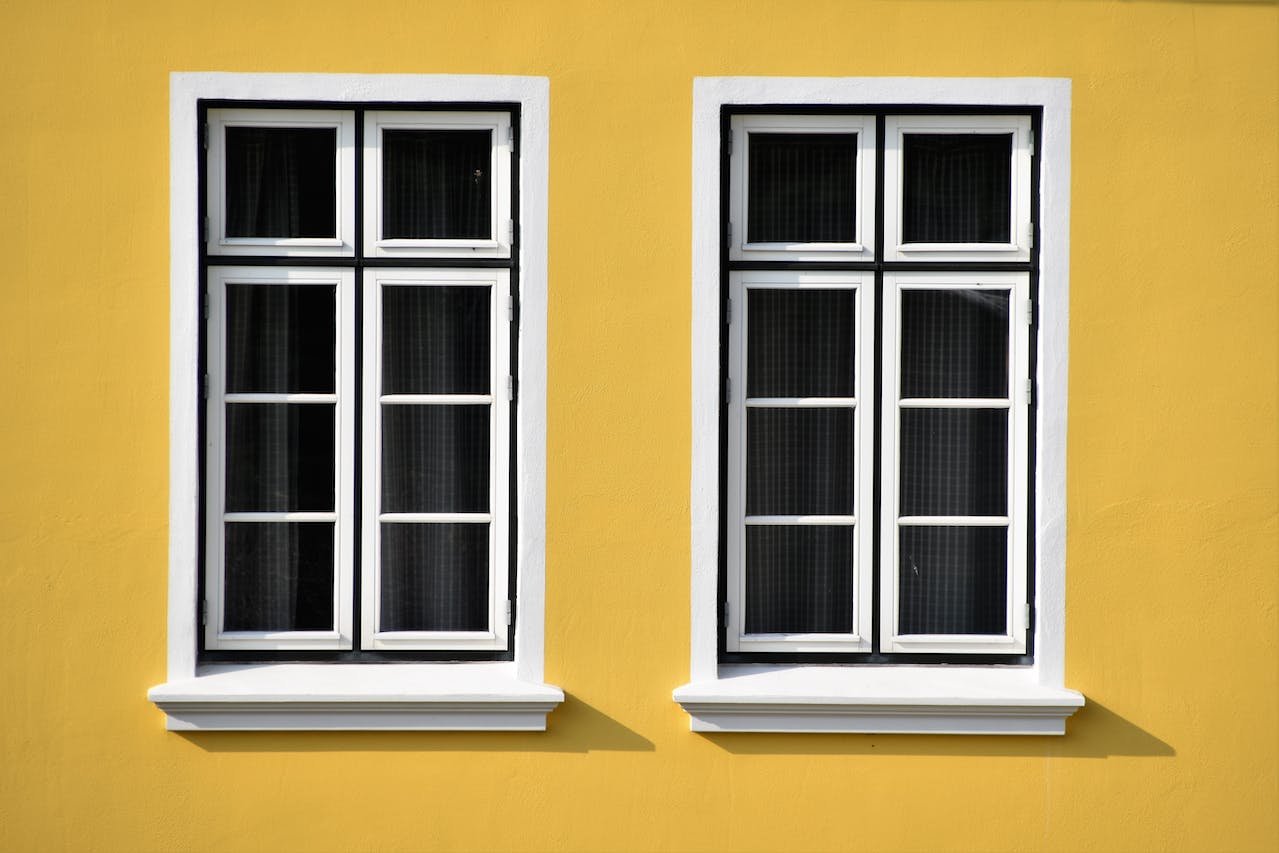The window is a structure that has been around with mankind for many thousands of years. Although we do think of glass in a frame when we think of a window, in reality the idea of a window is just to have an opening in a wall that allows you to see out and allows light in. That’s all a window technically is. By that definition, we can look at ancient pyramids and see that our ancestors fully understood the concept of a window, and they were putting them in the structures of everything they built. This would continue over the ages, of course, with different materials used to actually close those openings to offer protection, while still allowing light to come through while allowing people to see out. The modern window in the home today is a lot more technologically advanced than you may think, especially considering its simple roots. We now have Double Glazing Oldham windows available.
Though we’re not only talking about windows changing from 10,000 BC to now. We have also witnessed changes in the modern window over the past 100 years, many of which are serious changes that provide a lot more protection against the elements and even increased visibility. Let’s have a look at how the window has changed over the past century specifically.
Important Changes to the Common Window
Different Types of Coatings
One of the biggest changes we have witnessed over the past 100 years is that the window glass has become a whole lot better at providing thermal insulation. This is where they have really evolved, in that the glass used in a window can help keep the cold air out of the home. One big change that helped to accomplish this insulation effect was with low-emissive glass coatings. Also called low-E coatings, they’re thin, transparent pieces of film that work to reflect heat back into the home while still allowing the natural light to pour in. It’s something that you won’t be able to find back in 1921, but is very common now.
New Framing
Another huge change with windows over the past 100 years is with the way they’re framed. When you put a window up in the home, a shed, etc, you’re not just sticking a pane of glass up. It’s glass that’s enclosed in a frame. A hundred years ago, these frames were almost all exclusively wooden, which while strong still also led to rot and other issues. In other words, the window itself would fail after a time. Today’s framing options are made out of alloys and composites and are resistant to the weather, so they’re not going to rot and fall apart.
Better Insulation
How does the glass stay put inside of a window frame? Generally speaking, it’s sitting down in there with some adhesive, but it’s not as if the glass can be nailed or screwed in. Over time, that adhesive is going to pull loose. A hundred years ago, this meant that your glass would rattle if the wind blew, and perhaps shake and even pop out when you opened and/or shut the frame. There was just nothing in there but very weak adhesive to hold the glass for its entire life. Today’s adhesive options are stronger, but they also give better insulation. Not only is the material better that holds the glass in place, but it also provides extra insulation for your home.
Innovative Gas Strut Windows
Another essential change to the common window is an innovative gas strut window that offers superior insulation and energy efficiency. It’s also more durable than traditional windows, which means it will last longer without any maintenance or repairs. Consider installing Betaview gas strut windows as they are designed with advanced technology that keeps air from entering through the cracks and gaps around your windows. Plus, it will save more money on heating bills.
Gas Fillers
When you’re installing a window, you’re installing more than just one simple pane of glass held in place inside of a frame. What you’re usually getting is at least two panes of glass, in a dual-pane window. Though the issue here is that there needs to be something between the glass, as there is open space, regardless of how close you get the panes of glass. Over the past few decades, we have seen different sorts of gases used as fills, such as krypton and argon gases. These gases are nontoxic, odorless, and have great thermal conductivity, which provides more insulation and creates a good barrier between the interior and exterior of the home.
No matter how advanced the modern window has become, you still want to make sure that you’re buying yours from a reputable, quality distributor.

